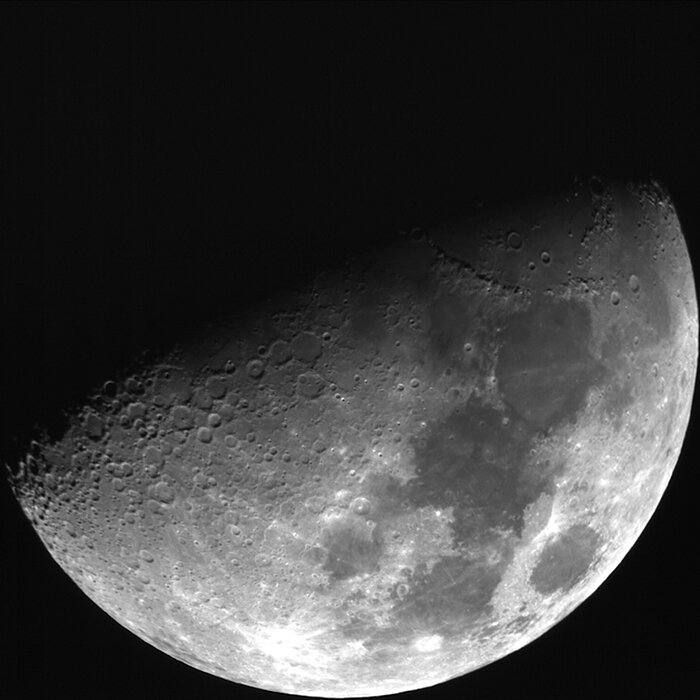Why Does the Moon Keep Flashing Us?

There's something flashing us on the moon, and we don't know what it is. But that might be about to change.
We have known about the mysterious flashes since at least the late 1960s, when the astronomers Barbara Middlehurst and Patrick Moore reviewed the scientific literature and found nearly 400 reports of strange events on the moon. Small regions of the lunar surface would get suddenly brighter or darker, without obvious explanation. The scientists' survey of the flashes and dimming, which they called "lunar transient phenomena," was published in the journal Science on Jan. 27, 1967. (Later, astronomers flipped the words around, terming the events "transient lunar phenomena.")
"The emitted light is usually described as reddish or pinkish, sometimes with a 'sparkling' or 'flowing' appearance," wrote the astronomer A. A. Mills in the March 1970 journal Nature.. "The coloration may extend for a distance of 10 miles [16 kilometers] or more on the lunar surface, with brighter spots 2 to 3 miles [3 to 5 km] across, and is commonly associated with veiling of the surface features. The average duration of an event is some 20 minutes, but it may persist intermittently for a few hours."
Amateur astronomers can sometimes spot the flashes with the help of a decent telescope, though the flashes are unpredictable and finding one can involve hours or days of waiting. [See Spectacular Images from the Lunar Mission in 3D]
Mills noted, bafflingly, that the events leave no obvious marks on the lunar surface after they pass.
Scientists have returned to the subject periodically in the five decades since, but without turning up conclusive explanations. These events are now known to happen a few times a week. This year, a new team of astronomers has returned to the question with an observaotry specially designed for the task.
The new instrument observes the moon constantly using two cameras located 60 miles (100 km) north of Seville in Spain. When both cameras spot a flash, according to a statement from the telescope's designers, they record detailed photos and videos of the events, and send an email to Julius-Maximilians-Universität Würzburg (JMU) in Bavaria, Germany, which runs the telescopes.
Get the world’s most fascinating discoveries delivered straight to your inbox.
The observatory is still under development, according to the statement, with ongoing improvements to its software since it went online in April. Still, researchers have their suspicions as to what it will discover.
"Seismic activities were also observed on the moon. When the surface moves, gases that reflect sunlight could escape from the interior of the moon," Hakan Kayal, a researcher at JMU and head of the telescope project, said in the statement. "This would explain the luminous phenomena, some of which last for hours." Kayal said that, given current plans to establish a base on the moon, it's important to know just what's going on up there, so folks living at the base can be prepared for their environment.
But even if that base never happens, it would be nice to know why the moon keeps flashing us.
- 11 Fascinating Facts About Our Milky Way Galaxy
- 10 Interesting Places in the Solar System We'd Like to Visit
- Science Fact or Fantasy? 20 Imaginary Worlds
Originally published on Live Science.

 Live Science Plus
Live Science Plus






